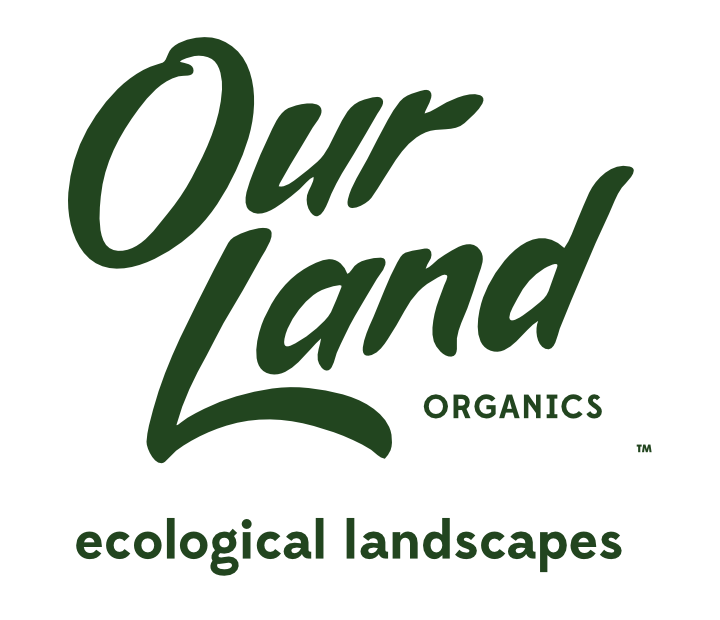By: Wesley Sexton, Client Relationship Manager
Bush honeysuckle grows all over our Ohio Valley landscape. We see its lime-green leaves lining highways and clogging woodland areas and hiking trails. For many Cincinnati homeowners, bush honeysuckle has begun to encroach on their property, limiting their ability to access and enjoy their outdoor spaces.
Invasive bush honeysuckle overtakes a woodland understory
The Problems with Invasive Bush Honeysuckle
Things haven’t always been this way.
Bush honeysuckle was introduced to America in the late 1800s, where it quickly escaped cultivation and began overtaking native woodland species. Human activities exacerbated the problem, because bush honeysuckle thrives in the recently disturbed soil created by road building and house construction.
In the 100-odd years that it’s been here, bush honeysuckle has left a devastating imprint on Ohio ecology:
For our native flora and fauna, bush honeysuckle establishes quickly and excretes a chemical from its roots to prevent other plants from germinating nearby, thus reducing biodiversity and making it difficult for old-growth forests to regenerate.
For native birds hoping to stock up on calories for fall and winter migrations, bush honeysuckle is a low-nutrient junk food.
In terms of soil health, bush honeysuckle discourages dense, multi-layered root systems and leaves soil open to severe erosion.
The good news is that we are not helpless in the fight against bush honeysuckle.
Each year, Our Land Organics reclaims acres and acres of residential woodland space from the invasion of bush honeysuckle. We use a combination of mechanical efforts and all-organic practices so we’re not poisoning our soils and waterways with toxic chemicals during the removal process.
An Our Land Organics team member removing a particularly gnarly bush honeysuckle.



